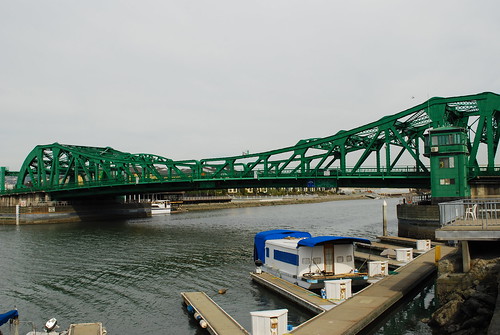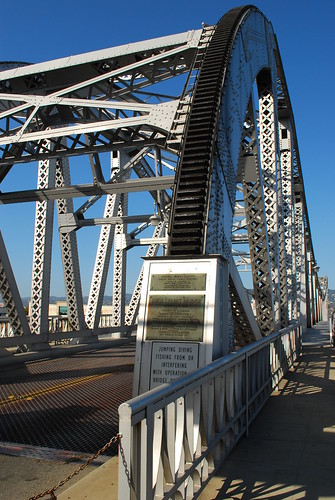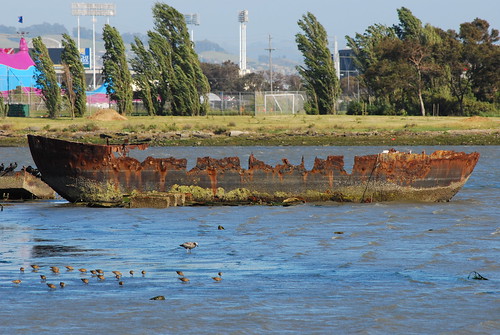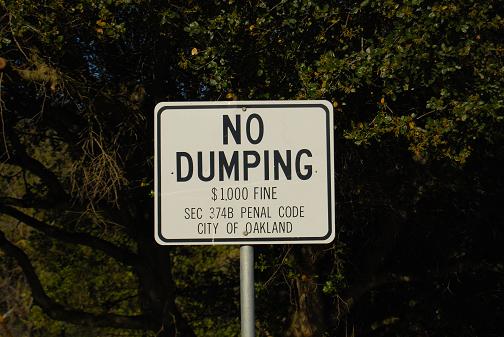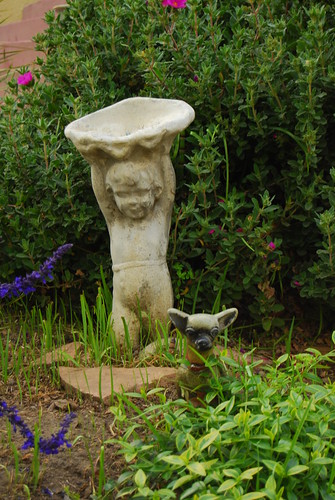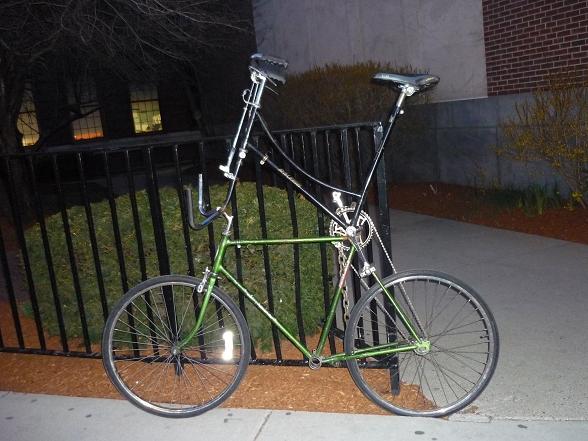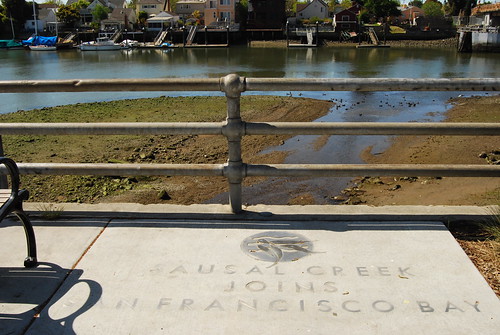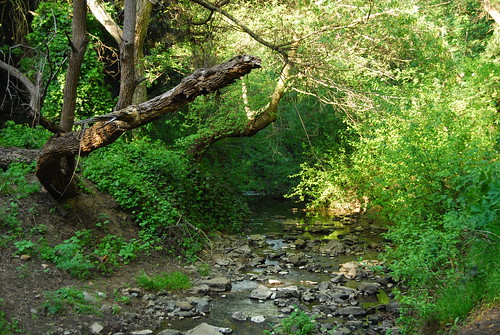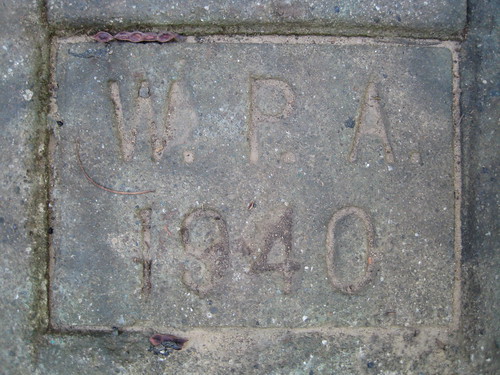As someone with a casual interest in local history, I was interested to learn from another Oakland blog about the Living New Deal Project at UC Berkeley. In addition to producing a book and collecting testimonials from people who worked on (or witnessed) New Deal projects, the Berkeley scholars are compiling a searchable database of the New Deal’s legacy around California, complete with an interactive map.
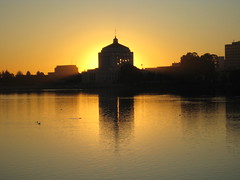 One appealing aspect of the project is that members of the public are encouraged to contribute, by submitting projects that are missing from the database. (The best-known local sites are already included, including the somewhat stumpy Alameda County Courthouse alongside Lake Merritt shown here.)
One appealing aspect of the project is that members of the public are encouraged to contribute, by submitting projects that are missing from the database. (The best-known local sites are already included, including the somewhat stumpy Alameda County Courthouse alongside Lake Merritt shown here.)
Given how much the New Deal changed the physical character of cities, towns, rural areas, and parklands in the United States, I was surprised to learn that no one had previously tried to compile a comprehensive online database of New Deal sites. Some other websites have collected information about WPA art, and San Diego State University hosts a database of California WPA murals, but apparently no effort had been made to compile an exhaustive online database of buildings, infrastructure projects, and so on. The scholars at Berkeley are hoping that their California project can eventually be a model for a nationwide database.
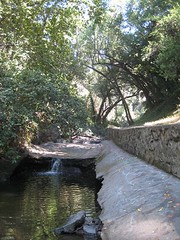 While the list of sites is extensive, there are surely still some local New Deal projects which aren’t yet included, so if anyone happens to know of any others, the folks at Berkeley would be grateful for whatever help people can give. I noticed, for example, that the culvert holding a section of Sausal Creek, which bears W.P.A. stamps from 1939 and 1940, was not in the database, so I submitted it to the project and it now appears on their map. I wonder if they would be able to include some of the W.P.A. sidewalk and gutter stamps that have been documented at the Oakland Sidewalk Stamps blog. (Yes, there’s an Oakland Sidewalk Stamps blog—why shouldn’t there be?)
While the list of sites is extensive, there are surely still some local New Deal projects which aren’t yet included, so if anyone happens to know of any others, the folks at Berkeley would be grateful for whatever help people can give. I noticed, for example, that the culvert holding a section of Sausal Creek, which bears W.P.A. stamps from 1939 and 1940, was not in the database, so I submitted it to the project and it now appears on their map. I wonder if they would be able to include some of the W.P.A. sidewalk and gutter stamps that have been documented at the Oakland Sidewalk Stamps blog. (Yes, there’s an Oakland Sidewalk Stamps blog—why shouldn’t there be?)
I’ve mused before about whether the current economic downturn will produce a legacy akin to that of the great depression, and one reason the Living New Deal project interests me is the parallel—or lack thereof—between that era and our own. In the 1930’s, many parts of the west, including the East Bay, were just becoming major population centers, and the need for civic buildings, bridges,and other basic infrastructure was pressing. Even if the Federal government were to fund public works projects on a similar scale in coming years, the physical legacy would presumably be very different from that of the New Deal.
There are also some New Deal projects included in the database which don’t have any photographs to accompany them, and the scholars seem to welcome help in that area too. For instance, that there were no photos of the Park Street and High Street bridges between Oakland and Alameda, and since I ride my bike across both bridges on a pretty regular basis, I offered to take a few photos which may end up being added to the website.
Those two bridges are both drawbridges, and although they were built 4 years apart, they have nearly identical designs and were constructed by the same general contractor. The only differences seem to be that the Park Street Bridge is twice as wide (4 car lanes instead of 2), and it is painted green while the High Street Bridge is silver. I created a new set on Flickr as a repository for shots of New Deal projects that I happen to have photographed, and here are photos of the Park Street Bridge (1935) and High Street Bridge (1939), respectively:
The general public cannot add information or photographs to the Living New Deal site ourselves, a la wikipedia—we can only submit things for the consideration of the gatekeepers running the site. If anyone happens to know of other New Deal projects around Oakland (or anywhere else in California) which aren’t included in the database, I encourage you to submit them, or to let me know in the comments, because I am eager to know about them myself. The potential for this kind of collaborative project is one of the things I appreciate about the internet, but it only works well if enough people get involved.
